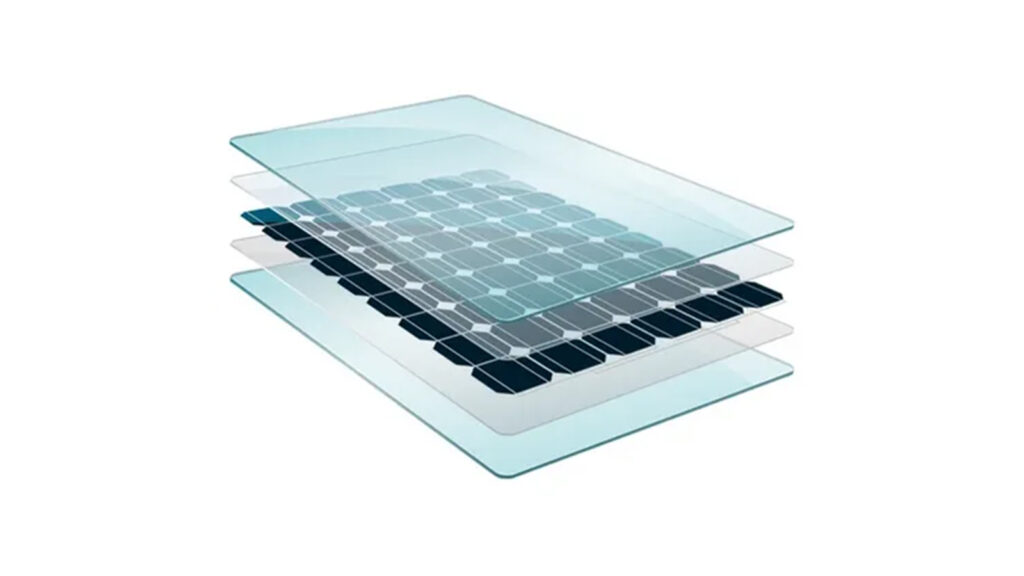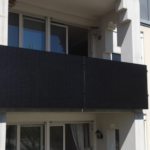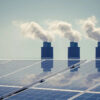Table of Contents
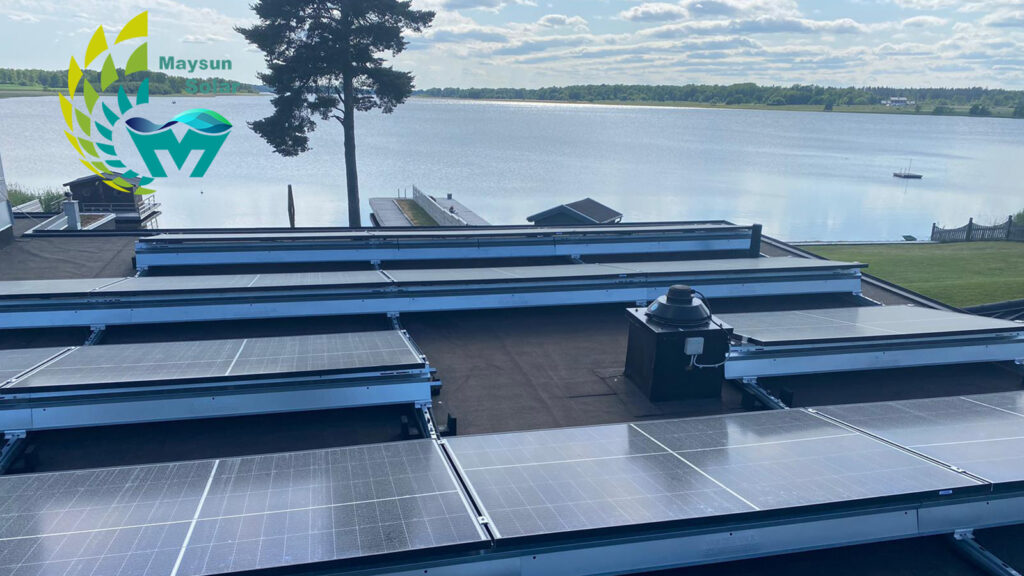
What is double Glass solar panel?
A double-glass solar panel, also known as a glass-glass solar panel, is a solar module that is encased by glass on both the front and back sides. This design provides enhanced protection for the solar cells, offering superior durability compared to conventional modules. The front glass shields the cells from damage and allows maximum sunlight transmission, while the back glass provides additional support. The double-glass module’s robust construction ensures long-lasting performance, making it an excellent choice for solar energy applications.
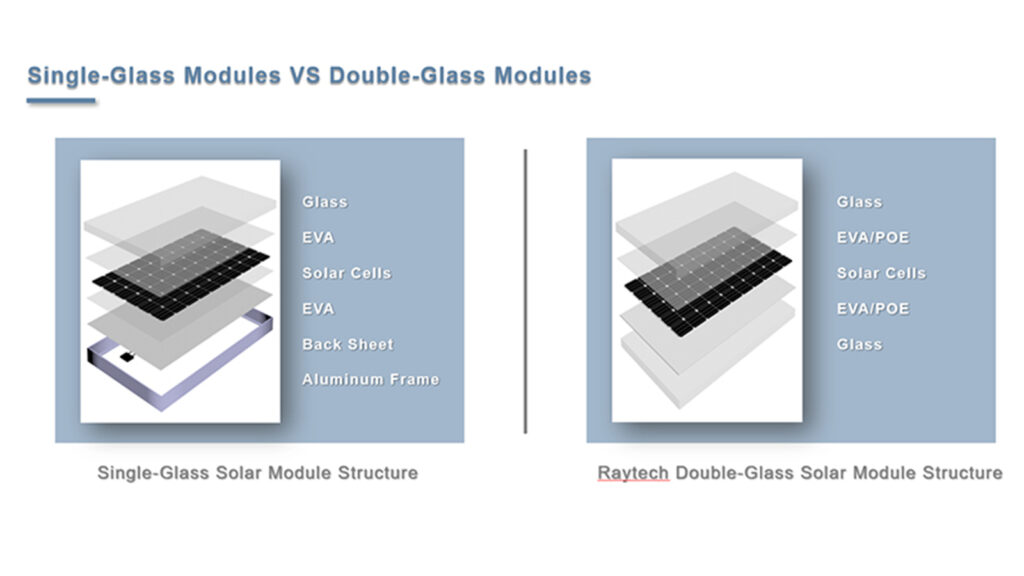
What is the technical structure of a double glass solar panel?
The technical structure of a double glass solar panel consists of the following components arranged in layers:
Front Glass: The module starts with a front glass layer, which serves as the outermost protective cover. It is made of tempered or toughened glass and provides durability and transparency.
EVA/POE Encapsulant: Behind the front glass, there is an encapsulant layer made of ethylene-vinyl acetate (EVA) or polyolefin elastomer (POE). This layer acts as an adhesive and encapsulates the solar cells, ensuring their bonding to the glass and providing electrical insulation.
Solar Cells: The solar cells, also known as photovoltaic cells, are the core component responsible for converting sunlight into electricity. They are usually made of silicon-based materials such as monocrystalline or polycrystalline silicon.
EVA/POE Encapsulant: Behind the solar cells, there is another layer of EVA or POE encapsulant. This layer helps to protect the solar cells from moisture and external elements, ensuring their longevity and performance.
Back Glass: The back glass layer is located at the rear side of the module. Similar to the front glass, it provides protection and durability. The back glass is typically made of tempered glass and completes the encapsulation of the module.
The overall structure of a double glass solar panel consists of a “glass-EVA/POE-solar cells-EVA/POE-glass” sandwich arrangement. The use of glass on both the front and back sides provides superior protection to the solar cells compared to other module designs. This construction enhances the module’s resistance to environmental factors, mechanical stress, and potential degradation, resulting in improved durability and longer lifespan.
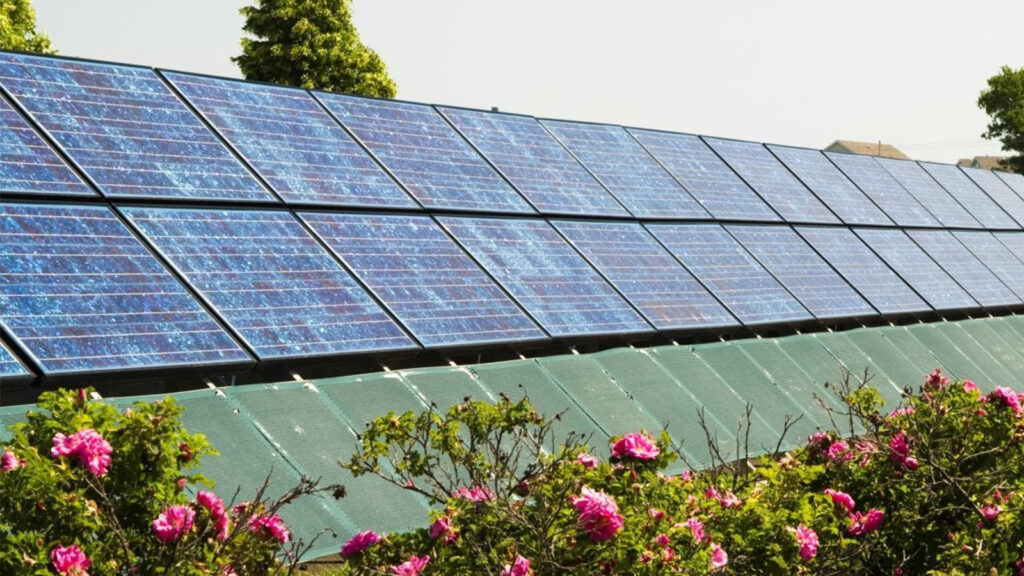
How do Double Glass solar panels work?
Double glass modules work by harnessing the power of sunlight and converting it into usable electrical energy through the following process:
- Sunlight Absorption: The front glass layer of the double glass module allows sunlight to pass through and reach the solar cells. Sunlight is composed of photons, which are the basic units of light energy.
- Photon Conversion: When sunlight hits the surface of the solar cells, it interacts with the semiconductor material, typically made of silicon. The photons transfer their energy to the electrons in the material, causing them to be excited and break free from their atomic bonds.
- Electron Flow: The freed electrons create a flow of electrical current within the solar cells. This flow is guided by metal conductive layers within the module, which collect the electrons and channel them in a specific path.
- Electrical Current Generation: The flowing electrons are captured by conducting metal contacts on the top and bottom layers of the solar cells. This creates a direct current (DC) of electricity within the module.
- Module Output: The generated DC electricity is then collected and combined through interconnecting wires within the module. Multiple solar cells are interconnected to form a larger array, increasing the total power output. The electrical output of the module is typically in the form of a direct current.
- Conversion to AC Power (Optional): In many applications, the DC electricity produced by the double glass module needs to be converted to alternating current (AC) to power electrical devices and connect to the grid. This is achieved by using an inverter, which converts the DC power to AC power compatible with standard electrical systems.
- Power Distribution and Usage: The AC electricity produced by the module can be used immediately to power various electrical devices or fed into the electrical grid. In grid-connected systems, excess electricity can be supplied back to the grid, earning credits or reducing energy costs.
Overall, double glass solar panels work by capturing sunlight, converting it into electrical energy through the photoelectric effect, and generating usable power for various applications. Their sturdy construction and enhanced protection enable reliable performance and contribute to the sustainability of renewable energy systems.
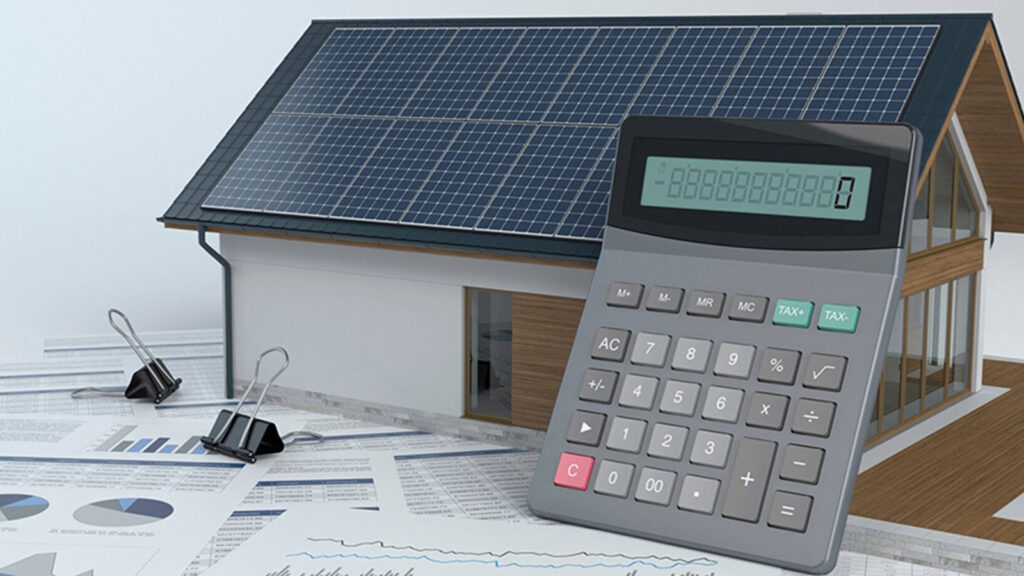
How do the costs of Double Glass solar panels compare to those of glass-foil solar panels?
Double glass modules, due to their use of glass on both sides, generally incur higher costs compared to glass-foil modules. The cost of PV glass per square meter, which averages at $6, doubles when using glass on both sides in double-glass solar panels. However, it’s important to consider the overall module cost, which includes additional factors such as encapsulant materials, solar cells, manufacturing processes, and other components.
One advantage of many double glass solar panels is their frameless design, which can contribute to cost savings. The absence of a traditional frame reduces material and manufacturing expenses, potentially offsetting some of the higher costs associated with the additional glass layer.
While double glass modules come with a higher upfront cost, it’s essential to consider the long-term benefits they offer. These modules often have longer service lives and higher efficiency, leading to increased electricity production over time. As a result, the average cost per kilowatt-hour (kWh) generated can decrease significantly, improving the overall profitability of the solar system.
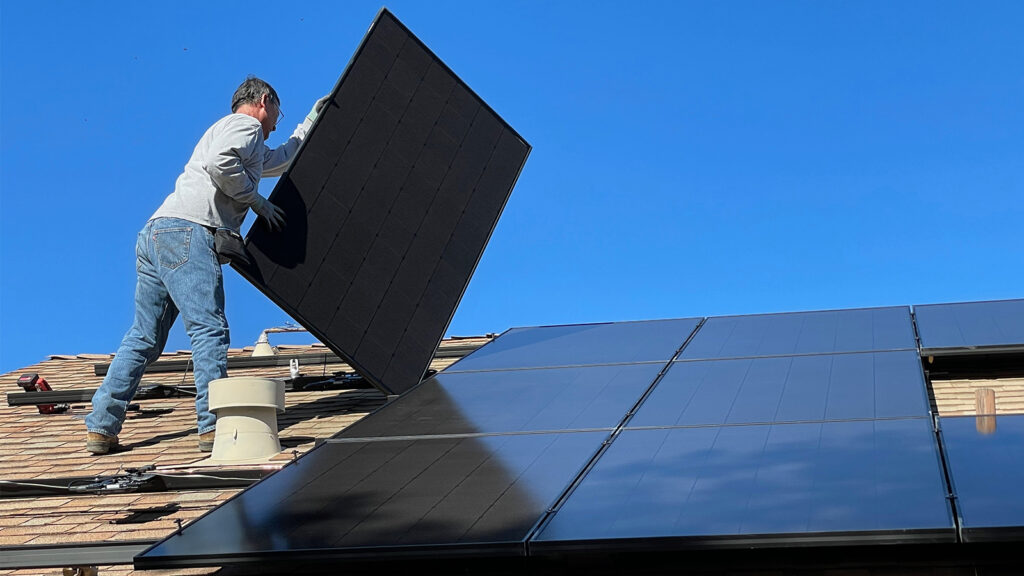
Advantages of Double Glass solar panels:
Double glass solar panels, also known as glass-glass modules, offer several advantages that contribute to their increasing popularity in the market. These include:
Enhanced Durability: With glass panes on both sides, double glass solar panels provide excellent protection and have a long service life, often lasting 30 years or more. They offer improved resistance to moisture and better fire protection.
Increased Resistance: The dual glass layers distribute forces evenly, reducing the risk of micro-cracks and enhancing the module’s overall resilience. This results in higher reliability and reduced performance degradation.
Improved Safety: Double glass solar panels offer superior fire protection compared to conventional glass-foil modules, allowing for shorter distances between buildings. This maximizes roof space utilization and optimizes solar energy potential.
Higher Yields: Double glass solar panels exhibit higher efficiency due to optimized heat dissipation and thinner front glass layers. These factors enable better energy production, making them more efficient in converting sunlight into electricity.
Longer Peak Performance: Double glass solar panels experience slower degradation of silicon cells compared to glass-foil modules. This leads to sustained performance over a longer period, resulting in higher electricity generation throughout the module’s lifespan.
Cost-effectiveness and Environmental Benefits: Double glass solar panels often provide better cost-effectiveness, as their long service life and higher efficiency contribute to increased electricity generation. This, in turn, reduces greenhouse gas emissions. Additionally, they are more easily recyclable compared to glass-foil panels.
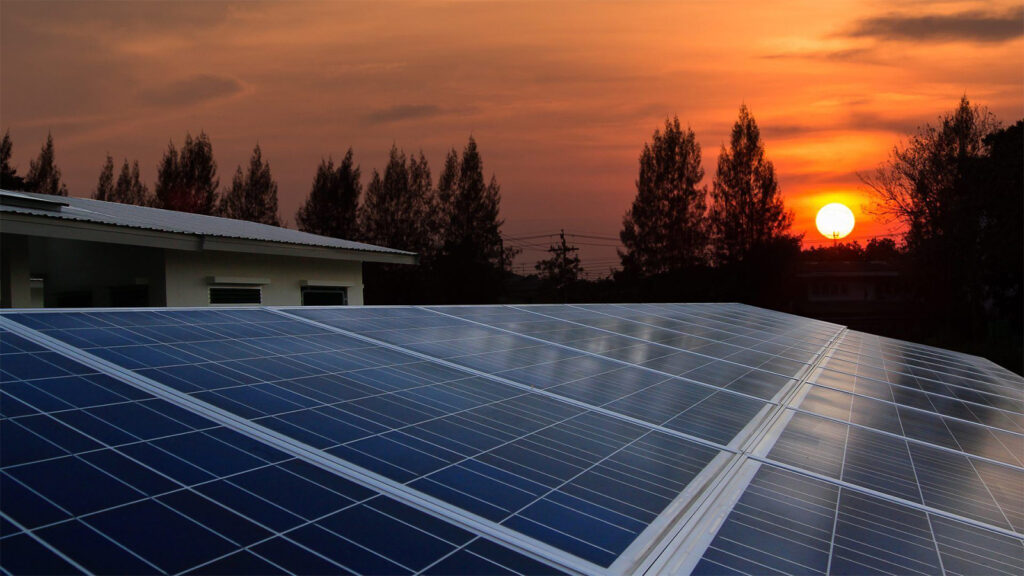
Disadvantages of Double Glass solar panels:
Despite their many advantages, double glass solar panels have some drawbacks, including:
Higher Weight: Double glass solar panels are typically heavier than conventional modules with a foil back, which can pose installation challenges. However, advancements have been made to reduce their weight over time.
Complex Installation: Certain double glass solar panel models may require additional hooks for installation, making the process more complex and time-consuming. However, newer models have simplified the installation process.
Higher Price: The use of thin-film glass panes in double glass solar panels makes them relatively more expensive than conventional panels. However, technological advancements have led to a significant reduction in the price difference.
Delamination Risk: Double glass solar panels may be prone to delamination if not properly manufactured or bonded. It is crucial to choose high-quality modules from reputable brands with reliable warranties and manufacturing experience to mitigate this risk.
Applications of Double Glass solar panels
Double glass solar panels, also known as glass-glass modules, have a wide range of applications in the solar energy industry. Here are some common applications:
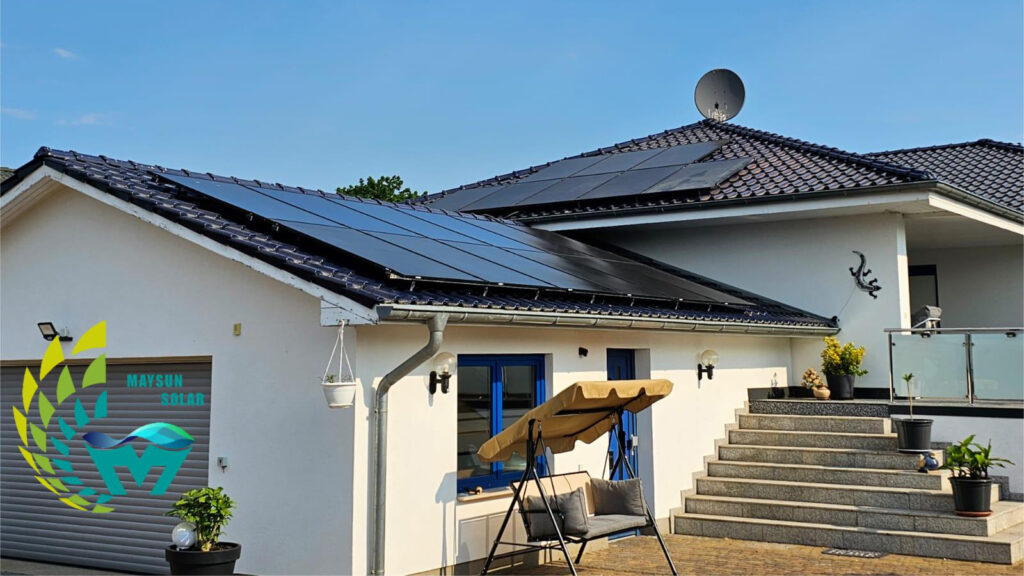
Residential Rooftop Systems: Double glass solar panels are commonly used in residential solar installations. They provide increased durability and longer service life, making them ideal for rooftop applications.
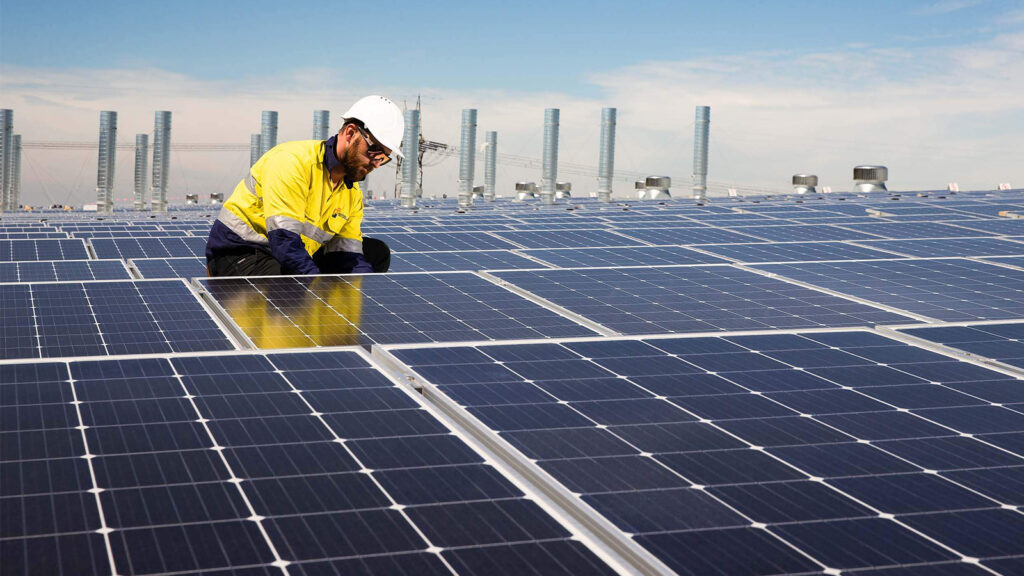
Commercial and Industrial Projects: Double glass modules are suitable for commercial and industrial solar projects due to their robustness and higher energy yield. They can meet the electricity demands of large-scale facilities and help reduce energy costs.
Solar Farms: Double glass solar panels are employed in utility-scale solar farms, where numerous panels are installed to generate electricity on a larger scale. Their enhanced durability and efficiency contribute to the overall performance of the solar farm.
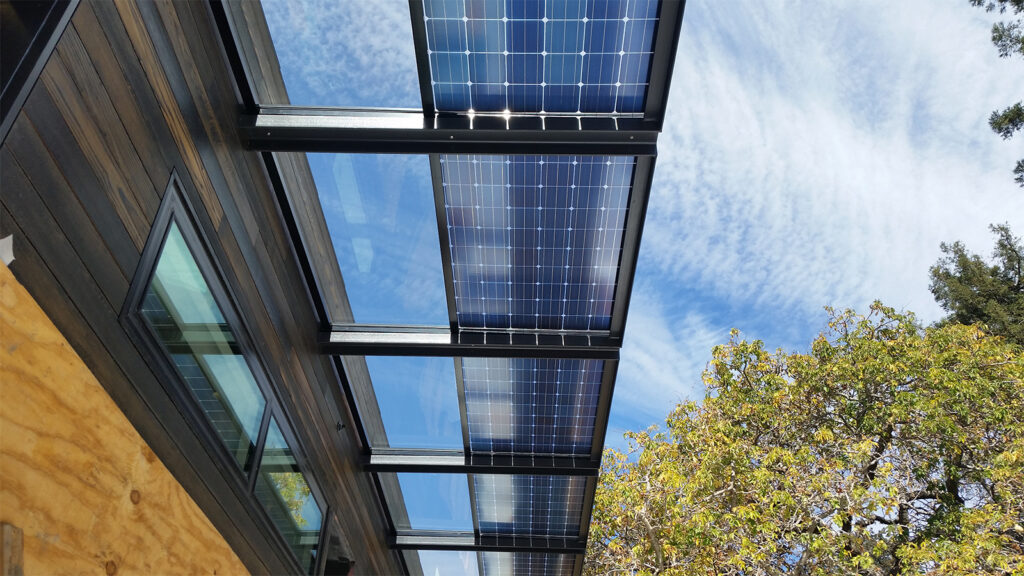
Building-Integrated Photovoltaics (BIPV): Glass-glass modules can be integrated into building structures, such as windows, facades, or skylights, to generate renewable energy while serving architectural purposes. They offer design flexibility and contribute to energy-efficient buildings.
Off-Grid Systems: Double glass modules are used in off-grid applications, providing power in remote areas without access to the electrical grid. They are suitable for off-grid residential, telecommunications, or irrigation systems, offering reliable and sustainable energy solutions.
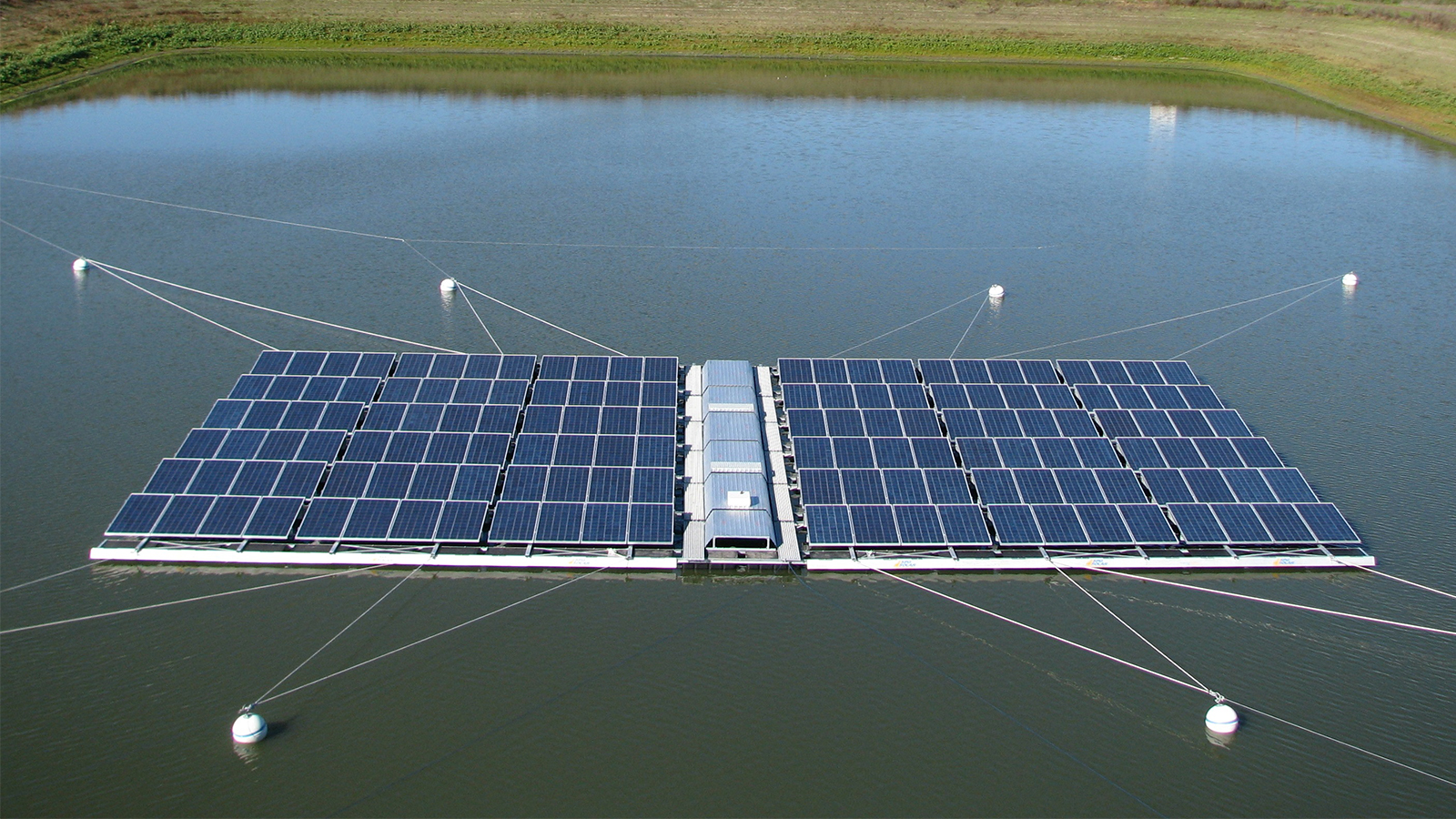
Floating Solar Installations: Double glass solar panels are increasingly used in floating solar installations on water bodies, such as lakes or reservoirs. Their waterproof construction and durability make them suitable for these unique applications.
Solar Canopies and Shade Structures: Double glass modules can be incorporated into solar canopies and shade structures, providing both shelter and clean energy generation. They are commonly installed in parking lots, outdoor recreational areas, or public spaces.
Environmental and Architectural Projects: Glass-glass modules are employed in environmental and architectural projects where sustainability and aesthetics are key. They can be used in green buildings, eco-friendly developments, or artistic installations that promote renewable energy.
The applications of double glass solar panels are diverse, ranging from residential rooftops to large-scale solar farms and innovative architectural designs. Their durability, efficiency, and design versatility make them a valuable choice for various solar energy projects.
Maysun solar has been specialising in the manufacture of a wide range of photovoltaic modules since 2008, and we offer a wide range of double-glazed modules for you to choose from.
Choose Maysun Solar because we have quality solar panels to meet your needs, contact us to create a green future together!

Empowering Factories with Solar Energy A Strategic Tool for Controlling Production Electricity Costs
Commercial and industrial solar is becoming a key solution for factories to reduce electricity costs and hedge against price fluctuations. This article systematically analyzes its deployment models, cost advantages, and sustainable value pathways.

How Businesses Can Offset Carbon Taxes with Solar Power
This article analyzes the latest carbon tax policies and photovoltaic deduction strategies, helping European businesses legally reduce taxes, increase profits through solar investment, and achieve a win-win situation for both economy and environment.

Forecast and Response: Seizing the Next Decade’s Growth Dividend in Europe’s Commercial and Industrial Photovoltaics Market
Maysun Solar analyzes the growth trends of commercial and industrial photovoltaics in Europe over the next ten years, from policies and ESG to technological innovation, helping companies seize the initiative in the energy transition.

How to Calculate Solar System ROI and Optimize Long-Term Returns?
Solar power is becoming a key solution for businesses to reduce costs and improve efficiency. Accurately calculating ROI and optimizing long-term returns are essential to maximizing investment value.

Will Agrivoltaics Affect Crop Growth?
Agrivoltaics combines solar energy and agriculture to reduce up to 700 tons of CO₂ per MW, improve water use, and boost crop growth for sustainable farming.

6.5 Billion Loss Hits Photovoltaics: Reshaping or Elimination?
In 2025, the photovoltaic market may see a turnaround as some companies take early action. A €6.5 billion loss is driving businesses to explore new growth areas like energy storage and hydrogen. Which giants will break through? Industry transformation is accelerating!

